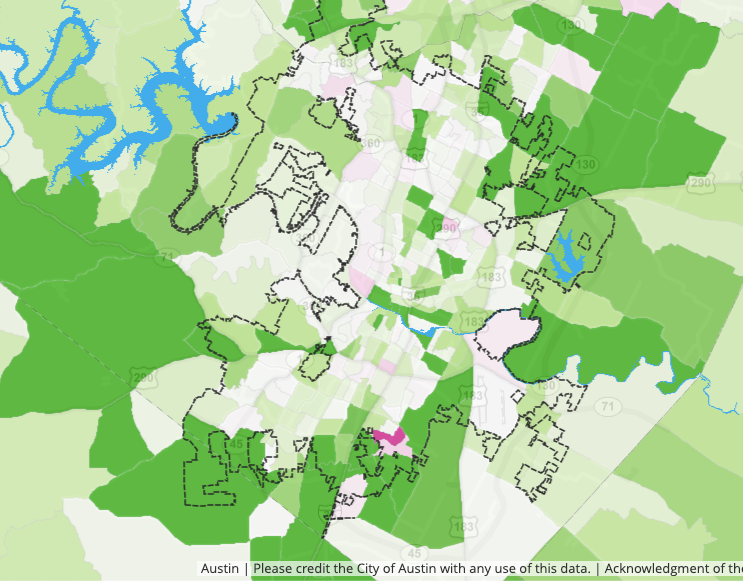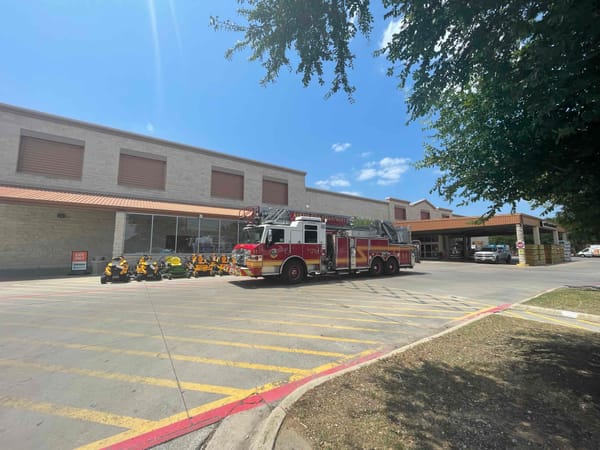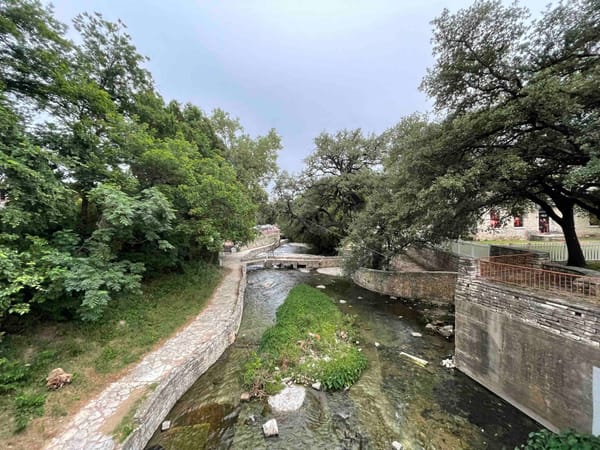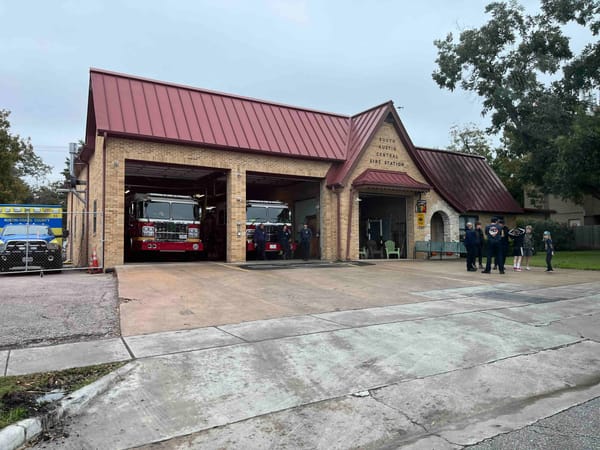Austin has built housing. But not where it's most needed
A lot of sprawl. Not much infill.

Fellow blogger Daryl Slusher did me a solid and teed up some good content for today.
Hoping to derail the HOME initiative, the former mayoral candidate and Chronicle politics editor hurled some more spaghetti at the wall yesterday, this time taking aim at Council Member Ryan Alter, who, he is shocked to discover, once built townhomes. Emphasis mine:
Learning that Ryan Alter was a developer caused me to wonder whether he should abstain on the upcoming HOME (Home Options for Middle-Income Empowerment) vote, scheduled for Thursday December 7. As a developer, especially a high density developer, it seems almost certain that Alter’s potential for profits would increase if the HOME proposal passes. It would change the definition of single family zoning categories to allow three units per single family lot, “by right (meaning no zoning change needed)” where currently only one or two units can be built.
This is similar to the Airbnb red herring he beat to death the other day. Where do I even start?
First of all, Alter's project was 18 townhomes built on a lot with commercial (GR) zoning. That has nothing to do with an ordinance that would allow three units on lots with single-family zoning.
Second, Slusher seems to view "developer" not like any other kind of business or job, but as an immutable character trait that forever tarnishes one's judgment. Should other Council members who once owned small businesses be prohibited from voting on business regulations that might affect their former businesses?
Third, if HOME is really going to be such a real estate bonanza, Slusher is neglecting Alter's much bigger conflict of interest –– the one he shares with most of his Council colleagues: he's a single-family homeowner. Phase 1 of the new ordinance will allow him to build an additional unit on his property. If Phase 2 is approved, it will potentially him to chop off part of it to either sell to someone else or build on. Why isn't Slusher freaking out about this?
After voicing his concerns about all the money Alter is going to make off HOME, Slusher pivots to a very different objection. He points out that Alter's townhouse project was foreclosed on, and is now owned by the lender.
I personally feel for Ryan Alter. Everyone makes mistakes and sometimes mistakes are very expensive and embarrassing. It must have also been a lot of stress going through the whole ordeal.
...In my view, it would make sense to interpret Ryan Alter’s failed development as a warning to New Urbanists and their Council followers to slow down and try their ideas out on a smaller scale first?
...Plus, Alter’s development is not the only New Urbanist dream to wash up on shore lately. As the Austin Monitor reported in early October, “A parking-free, 30-unit apartment building that gained attention as one of the first attempts to bring ‘missing middle’ housing downtown (on Nueces Street near 12th Street) has been turned over to its lender after failing to generate enough occupancy to operate successfully.”
Wait, so is the issue that these zoning reforms are guaranteed windfalls for developers or that they spell doom for developers? Is Slusher worried that City Hall is selling out to builders or that it needs to protect builders from trying to sell products that nobody wants?
I apologize for stating the insultingly obvious, but there are also single-family developers who have faced foreclosure. And there are townhome developments that have not struggled to find buyers.
But for the record, I would support barring all failed developers who've from political office if it would spare us a second Trump presidency.
Slusher misses the point on housing
Having deemed Ryan Alter an ethically suspect failure, Slusher moved on to fellow HOME supporter Vanessa Fuentes.
Then there’s the not so deep intellectual analysis that Council Members are applying to the HOME initiative. For instance Council Member Vanessa Fuentes recently posted a video on social media giving her analysis of how the housing crisis happened, “Austin is growing quickly, but the truth is we’re not equipped to handle this level of growth. That’s because for decades we’ve had City leaders who pushed against this growth by saying if we don’t build it, people won’t come.”
Fuentes didn’t specify which leadership she was referring to, but shortly thereafter the City Demographer released a report on the previous decade: “Between 2010 and 2020, Austin added more housing units than ever before, expanding by over 90,000 units. New York and Houston, the only cities to add more units than Austin during this period, have populations that are at least twice as large and added units at a slower rate than Austin.” (Actually, New York City’s municipal population is almost eight million, around eight times that of Austin.
This isn't the first time Slusher has banged on this drum. It's become a frequent talking point for other supply-and-demand deniers.
First, the important point is not how much supply was added in Austin, but whether that supply met the demand. This is a point that is often missed by those who point to a dense city like New York or San Francisco as evidence that density ≠ affordability. Both of those cities, believe it or not, also have supply issues.
Now, you could look at the total number of units added and compare it to the total number of new households (80,000) and say, "See! Everyone who wants a house got a house! Checkmate, YIMBYs!"
But the total number of people who moved to town does not fully capture demand. Those are just the people who were able to move to town. There are many others who either didn't move into the city or who moved out of the city due to the high cost of housing.
Finally, the housing problem in Austin is not simply about the total amount of housing being built, but what types of options are available in different parts of the city. The trend in recent decades has been that the great majority of the growth has occurred on the city's outskirts.
The map below, put together by the city demographer, shows the change in housing units by census tract from 2010-20.

There are some dark green tracts in the urban core –– downtown, West Campus, E. Cesar Chavez, Mueller, the Triangle, Crestview –– that correspond with areas where big increases in multifamily housing have occurred. But what's striking is how much of the core has seen almost no increase in housing, and in some cases has even lost housing. The census tracts that cover Tarrytown, for instance, have seen a net decrease in housing units.
My own census tract in South Austin has seen a very modest increase in homes: 74. It's a very, very light shade of green. I hope that in 2030 it's dark green.





